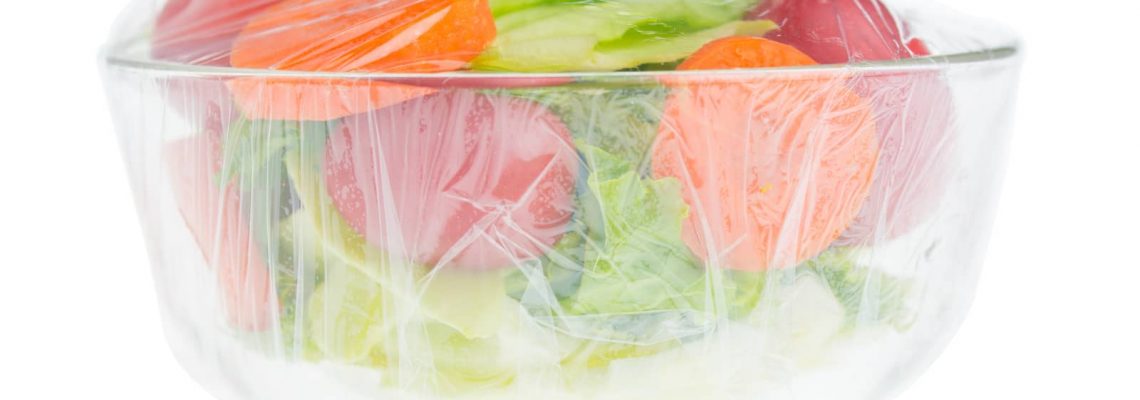A ubiquity of food contact materials exists today, with virtually all the food we consume coming packaged in some form or another. This has the multifaceted benefit of preserving food goods: maintaining quality for longer transit and storage periods; reducing the risk of contamination; and driving down costly wastage. The drawback of this is that unwanted compounds can migrate into products from the packaging media and processing equipment, contaminating the product and causing food toxicology issues.
In this blog post, Jordi Labs explores the analysis of food toxicology with a focus on the influence of polymeric food contact materials – particularly packaging.
Types of Polymer Food Contact Materials
The safety of plastic packaging is a recurrent issue, primarily due to the sheer variety of substances available for plastic manufacturing. These include, but are by no means limited to: polyethylene, polystyrene, polyethylene terephthalate, and ethylene vinyl acetate. Food packaging and containers are broadly manufactured using these polymers despite posing ongoing food toxicology concerns.
These polymer macromolecules generally pose little threat of migration due to their comparatively high molecular weights (MW). However, there are myriad additional antioxidants, catalysts, pigments, stabilizers, oligomers, and other compounds that can leach into food goods and compromise product quality. In sub-optimal conditions, polymer chains may also break down into monomers that are small enough to migrate into the product, potentially posing health risks to consumers.
The Food and Drug Administration (FDA) has established strict guidelines for controlling chemical transfer from plastic packaging into food goods to help combat the problem of food toxicology and mitigate health risks associated with otherwise beneficial materials. Gel permeation chromatography (GPC) is one of the primary prescribed technologies used to analyze the molecular weights of polymers allowing determination of the weight fraction below 1000 molecular weight. Molecules above the 1000 amu limit are generally considered of low toxicological significance. Thus, GPC is an essential tool for accelerated aging tests of food contact materials.
Case Study: Food Toxicology of Polyethylene Packaging
Polyethylene is comprised of a linear chain of methylene repeat units, which is obtained via polymerization of ethylene molecules with metal chloride or oxide catalysts. Depending on the extent of branching and the molecular weight distribution of the polymer, polyethylene may fall into one of several distinct categories. These tend to be distinguished from one another based on their molecular weight or density; key properties that significantly impact the mechanical performance of polymers in end-products.
Characterizing the molecular weight of polyethylene products via GPC can assist in the analysis of polymers intended for use in food packaging as well as other end-products. Samples are dissolved in a suitable trichlorobenzene (TCB) solution with stabilizers at elevated temperatures. This is then pumped into the microporous stationary phase of a GPC column and analyzed as a function of retention time. The resultant chromatogram can be used in determining the weight fraction of species below 1000 molecular weight which can potentially be toxic. You can read more about this in our Case Study on Food Contact Polymers.
Food Toxicology Analysis with Jordi Labs
It can be difficult to determine the molecular weight of the low molecular weight species in a polymer accurately, confusing the issue of the true weight fraction below 1000 and thus the toxicology of the low molecular weight components in a food contact materials. Jordi Labs specializes in GPC analysis and has been conducting GPC studies for nearly 40 years. We have extensive experience in the characterization of the low molecular weight fraction of polymer systems for food contact applications.
Jordi Labs GPC studies can reliably determine the low molecular weight fraction (<1000 amu), along with the average molecular weight. This provides the necessary data for accurate toxicological analysis and provides a sound basis for further quantitative investigations of individual low molecular weight components. If you would like to learn more, please do not hesitate to contact us directly.





